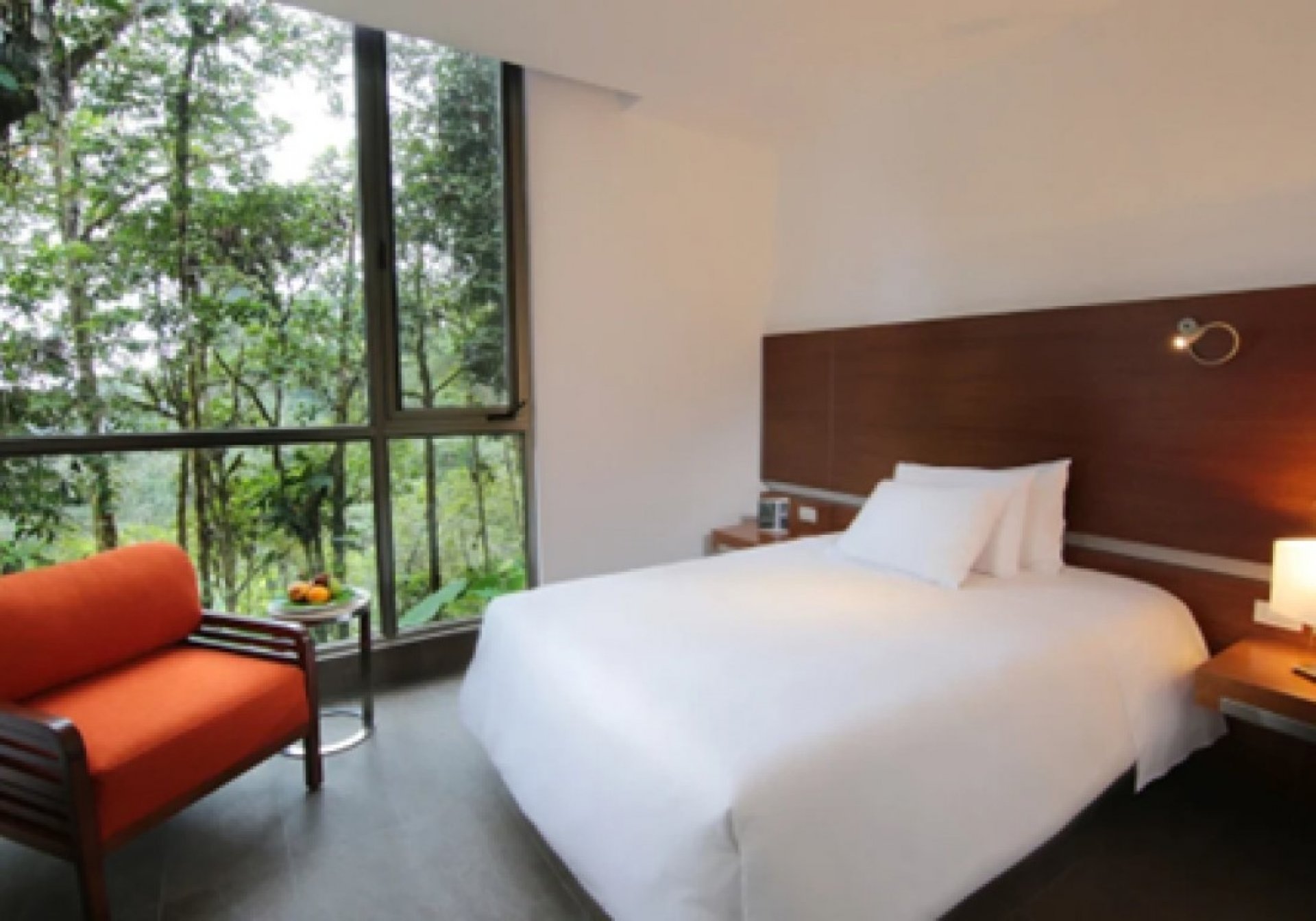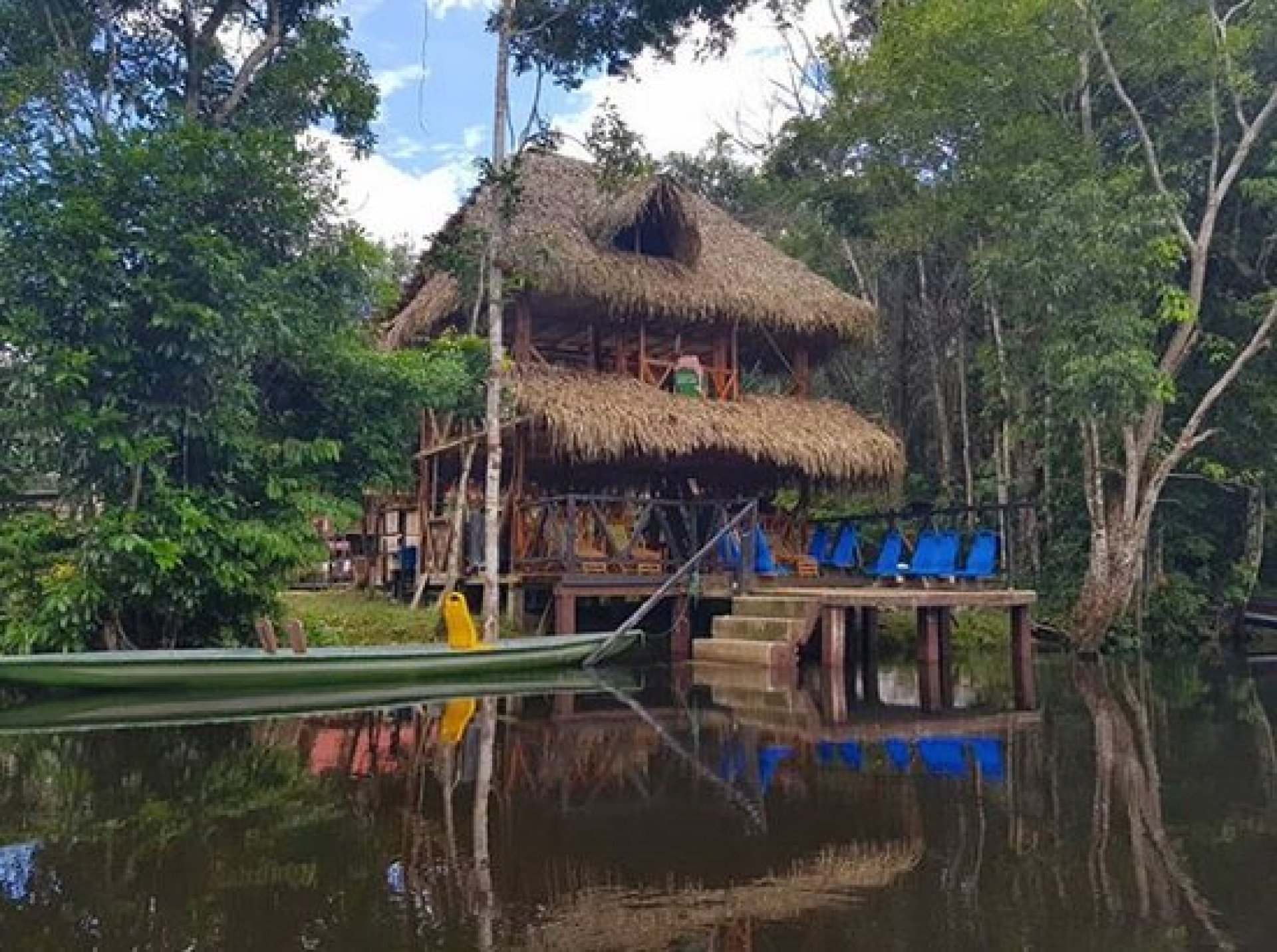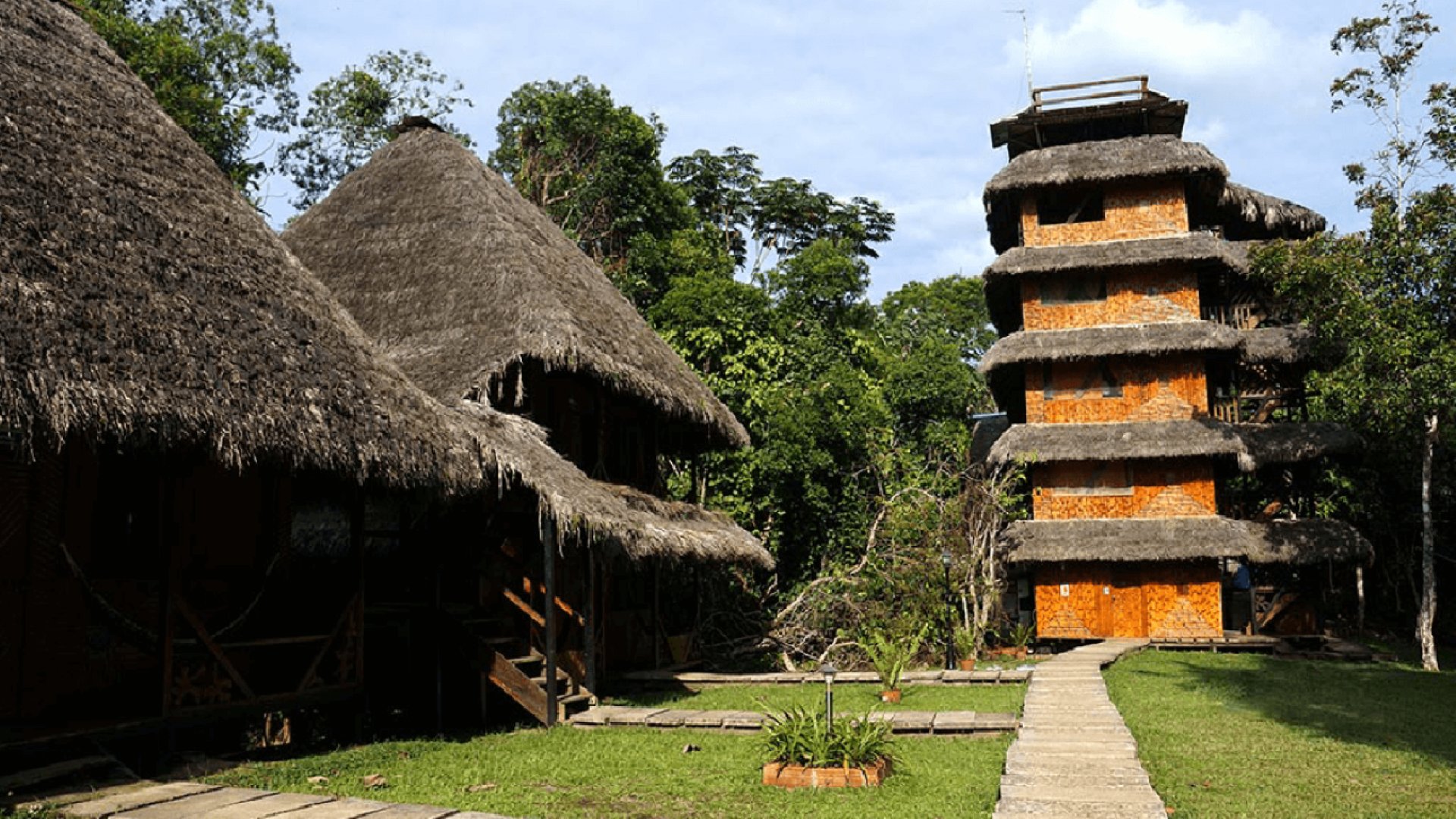Main Lagoons in Ecuador
Ecuador is blessed with geographical diversity, and its lagoons stand out among its natural landscapes. These hidden gems, surrounded by mountains, moorlands, and forests, captivate not only with their beauty but also with the variety of activities they offer. Here, we present some of the main lagoons in Ecuador, with helpful information to plan your visit.
1. Quilotoa Lagoon
- Location: Cotopaxi Province, in the Pujilí canton, at 3,914 meters above sea level.
- Main characteristics: Quilotoa is a volcanic crater lagoon with an impressive emerald green color, resulting from dissolved minerals in the water. With a diameter of 3 km, it is considered one of Ecuador's most beautiful lagoons and a popular destination on the Volcano Route.
- Tourist activities: You can hike the circuit around the lagoon, camp, rent kayaks to paddle across the waters, or take horseback rides. Additionally, you can interact with local indigenous communities who sell crafts and share their culture.
- How to get there: From Quito, take a bus to Latacunga (about 2 hours). From there, you can take a bus or taxi to reach the Quilotoa crater in about 90 minutes.
2. Cuicocha Lagoon
- Location: Imbabura Province, within the Cotacachi-Cayapas Reserve, at 3,068 meters above sea level.
- Main characteristics: Cuicocha is another volcanic lagoon located in the crater of Cotacachi volcano. What sets it apart are the two islands that emerge in the lagoon's center, known as Yerovi and Teodoro Wolf. Its waters have a deep blue hue and are home to impressive biodiversity.
- Tourist activities: You can hike around the lagoon's edge, a 4- to 5-hour walk with panoramic views. You can also take boat rides to see the islands or visit the interpretation center.
- How to get there: From Quito, take a bus to Otavalo (2 hours). From there, transport to Cuicocha is available, about 30 minutes away.
3. Yambo Lagoon
- Location: Cotopaxi Province, near the canton of Salcedo, at around 2,713 meters above sea level.
- Main characteristics: Known as the "Enchanted Lagoon," Yambo has greenish waters surrounded by mountains and rock formations, giving it a mystical atmosphere.
- Tourist activities: You can enjoy boat rides to tour the lagoon, camping areas, and viewpoints for incredible photos. It’s an ideal spot for those seeking a peaceful place to relax and enjoy the scenery.
- How to get there: From Quito, take a bus to Ambato and get off in Salcedo. Then, a taxi or truck can take you to the lagoon in about 10 minutes.
4. Yellow Lagoon (Laguna Amarilla)
- Location: Zamora Chinchipe Province, in the El Altar National Park, at 4,400 meters in altitude.
- Main characteristics: Located in the crater of the El Altar volcano, this lagoon has an impressive yellow color due to volcanic sediment and minerals in its waters. It’s surrounded by glaciers and snow-capped peaks, creating a spectacular landscape.
- Tourist activities: Ideal for high-altitude hiking and mountaineering. The hike to Yellow Lagoon is challenging, but those who complete it are rewarded with unmatched views of the lagoon surrounded by snow-covered peaks.
- How to get there: From Riobamba, it’s recommended to hire a guide who will take you to the starting point in El Altar National Park. The hike is demanding and takes about two days round trip.
5. Blue Lagoon Tena
- Location: Napo Province, about 25 minutes from Tena.
- Main characteristics: This lagoon, formed by the Jatunyacu River, has crystal-clear and shallow waters. Surrounded by Amazon rainforest, the Blue Lagoon is a paradise and peaceful environment, ideal for relaxation.
- Tourist activities: Visitors can swim in its waters, relax on the sandy beach, and enjoy wildlife observation, including birds and fish native to the area.
- How to get there: From Tena, you can take transportation to the lagoon, as it is very close. Most tourism agencies offer daily excursions.
6. Mojanda Lagoon
- Location: Imbabura Province, near Otavalo, at around 3,700 meters in altitude.
- Main characteristics: Mojanda is actually a system of three lagoons: Caricocha (the largest), Huarmicocha, and Yanacocha, surrounded by Andean moorland. This location offers a tranquil atmosphere with views of nearby volcanoes, like Fuya Fuya.
- Tourist activities: Ideal for nature and adventure lovers, Mojanda offers hiking, fishing, camping, and even the chance to climb Fuya Fuya volcano for a privileged view of the lagoons.
- How to get there: From Quito, take a bus to Otavalo and then hire a taxi or truck to take you to the lagoon in about 45 minutes.
7. Yahuarcocha Lagoon
- Location: Imbabura Province, a few kilometers from Ibarra.
- Main characteristics: Yahuarcocha, which means “blood lagoon” in Quechua, owes its name to a historic battle that took place nearby. Its waters are calm, and the climate is warmer due to the lower altitude compared to other Andean lagoons.
- Tourist activities: You can enjoy boat rides, fishing, hiking, and local cuisine at restaurants along the shore. Yahuarcocha also has an auto racing circuit, where local races are held.
- How to get there: From Quito, take a bus to Ibarra (2 hours). From the city, a taxi will take you to Yahuarcocha in less than 15 minutes.
8. Atillo Lagoon
- Location: Chimborazo Province, in the Chimborazo Wildlife Reserve.
- Main characteristics: Atillo is a system of several lagoons located in the moorlands, surrounded by mountains and Andean vegetation. It is one of the stops on the “Andes Route,” a natural observation path.
- Tourist activities: Activities include hiking, camping, and observing Andean wildlife, such as deer and migratory birds. You can also visit nearby communities to learn about their culture and traditions.
- How to get there: From Riobamba, you can take a bus toward Macas, which will take you there in about two hours.
9. Cajas Lagoon
- Location: Azuay Province, within Cajas National Park, 30 km from the city of Cuenca.
- Main characteristics: Cajas National Park has more than 200 lagoons of different sizes, but the Toreadora Lagoon is the most well-known. Surrounded by moorlands and mountains, the park offers unique biodiversity, ideal for exploring the Andean highlands.
- Tourist activities: You can go hiking along the park’s many trails, fish in the lagoons (with special permits), and birdwatch, including sightings of the Andean condor. The park has cabins and visitor services.
- How to get there: From Cuenca, take a bus toward Guayaquil, which passes near the Cajas National Park entrance in about 30 minutes.
Ecuador’s lagoons offer a unique experience for those seeking adventure, relaxation, or a connection with nature. From the mysterious Quilotoa to the serene San Pablo, each lagoon has its own charm. Explore these magical spots and discover Ecuador’s natural beauty!
Ecuador is blessed with geographical diversity, and its lagoons stand out among its natural landscapes. These hidden gems, surrounded by mountains, moorlands, and forests, captivate not only with their beauty but also with the variety of activities they offer. Here, we present some of the main lagoons in Ecuador, with helpful information to plan your visit.





